Exploring the Fascinating Realm of Cougar Facts
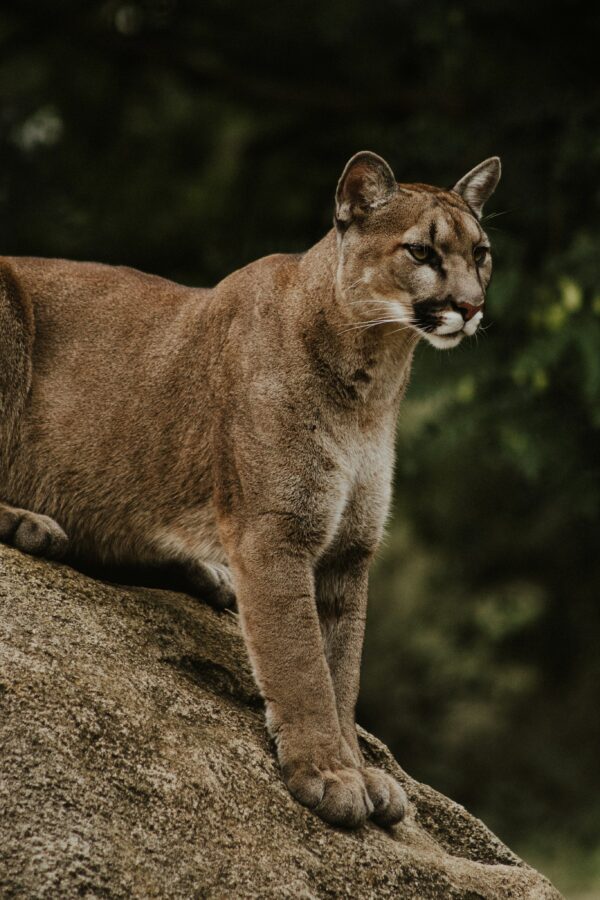
Did you know that despite their reclusive nature, cougars, also known as pumas, mountain cats, mountain lions or panthers, are slowly making their home back in areas they once disappeared from? They’re recolonizing places like Michigan, Indiana, and Maine, and we’re here to delve into more such intriguing cougar facts.
Cougar Facts: Size and Appearance
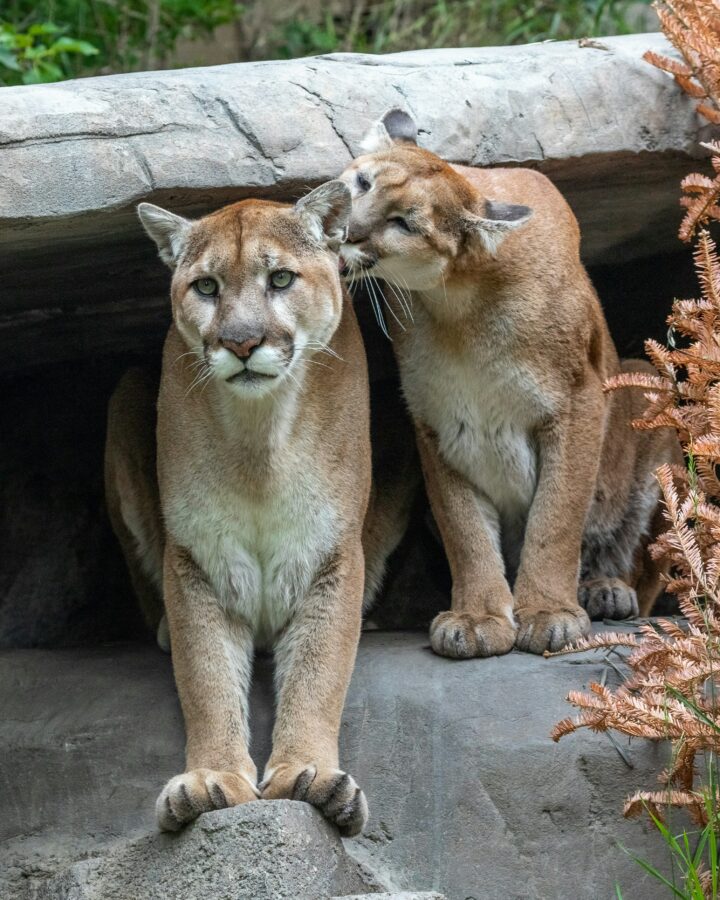
Ever wondered how big these magnificent felines get? Most mature cougars measure anywhere between five to nine feet from nose to tail. Although most males weigh under 200 pounds, some can tip the scales at over 250 pounds. Females, meanwhile, average around 93 pounds, but can weigh up to 142 pounds. However, an interesting fact is that cougars residing closer to the poles are significantly larger than their equator-dwelling counterparts.
Feeding Habits of Cougars
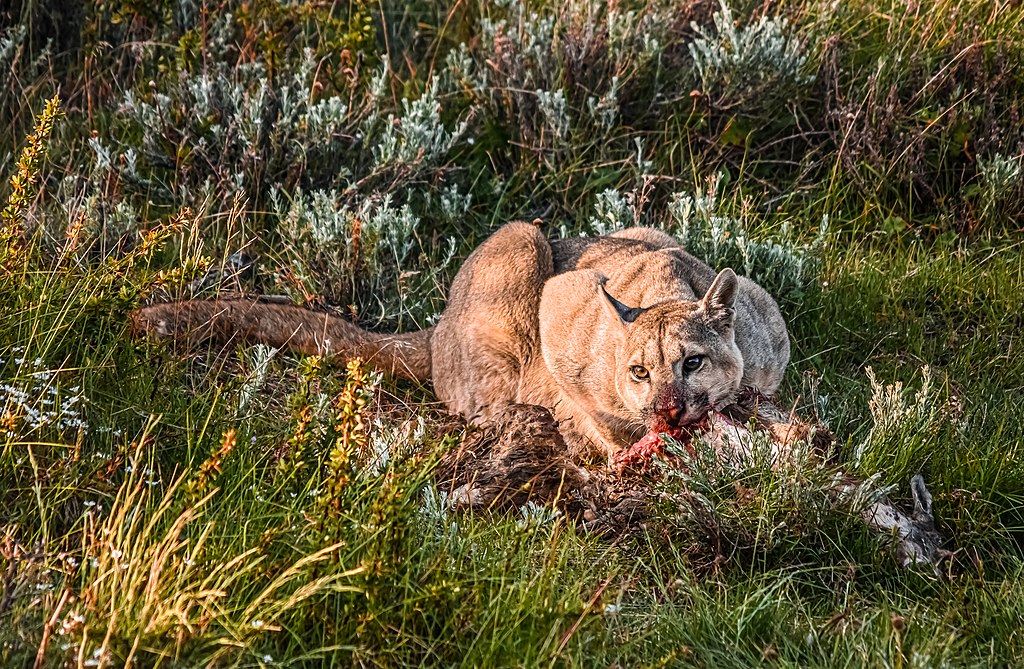
Known to be excellent hunters, cougars are versatile when it comes to their diet. They eat anything from large ungulates such as deer, moose, elk, and even domestic horses and cattle, to small insects. Their dining habits vary with location, with some feasting on armadillos, feral hogs, and bighorn sheep, while others prefer smaller snacks like mice, small reptiles, and birds.
Facts About Cougar Predation

- The solitary nature of cougars makes them effective ambush predators.
- Despite wolves often inhabiting the same areas, cougars tend to avoid encounters due to wolves’ pack nature.
- Human hunting is the only notable threat to adult cougars.
The Life Cycle of a Cougar
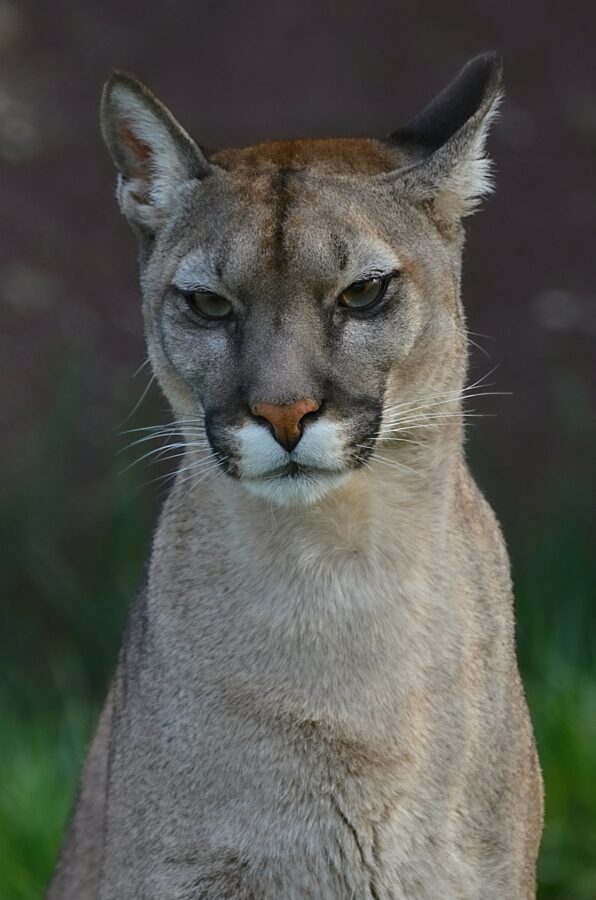
Another interesting aspect in this series of cougar facts is their life cycle. Female cougars reach sexual maturity approximately around two years of age, though the onset of maturity can be delayed until three in some cases. They produce between three to five offspring per litter, known as kits, which are weaned within three months but remain with their mother until they’re at least a year old.
Facts about Cougar Conservation
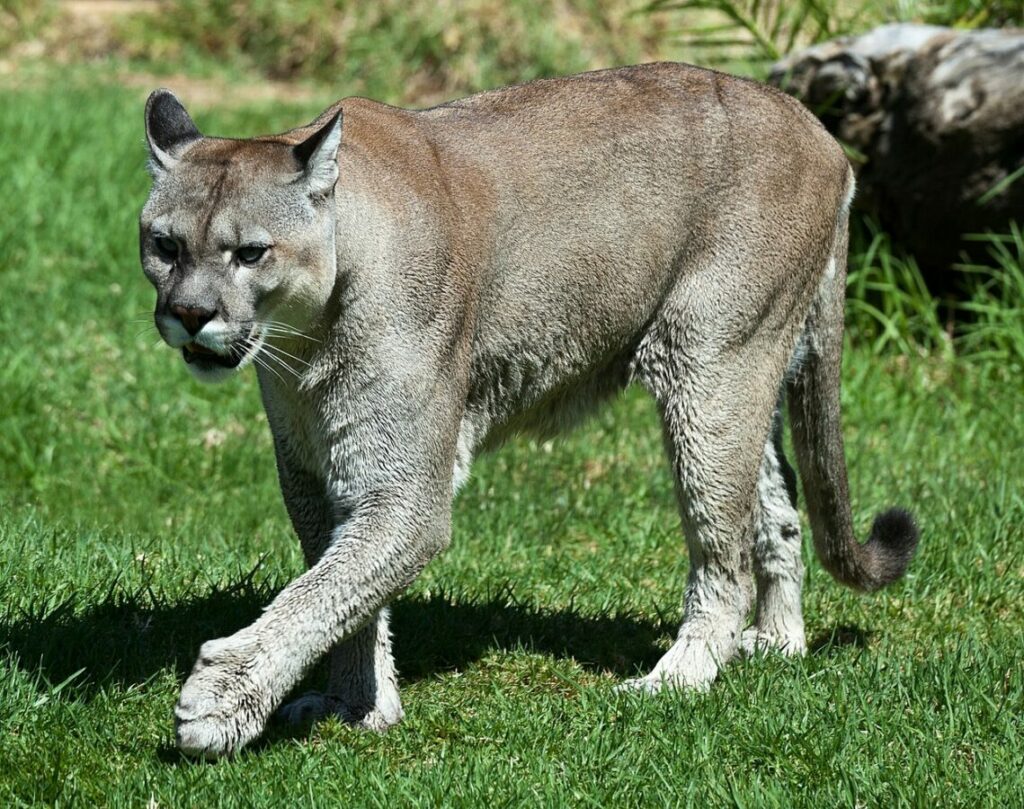
Unfortunately, the population of cougars has seen a considerable decline in Canada and the United States, primarily due to land development and habitat loss.
In conclusion, cougar facts open a window to the fascinating, mysterious world of these impressive animals. They remind us of our need to conserve their habitats and protect them from needless hunting. Let’s hope our evolving understanding guides us in securing a healthier future for these magnificent felines.